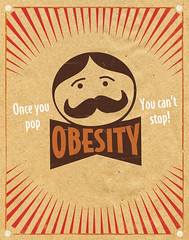 |
| United Parcel Service logo (2003–2011) (Photo credit: Wikipedia) |
This led to a really interesting discussion shortly after with some friends of mine who were discussing how little modern man knows about anything. Some highlights included:
- How do we make a lightbulb?
- Where does electricity come from?
- How do we fix the engine in our cars?
- How do we have access to everything at all times?
The last point to me was really interesting. The question was posed originally about the internet, but it expanded into - how do we get fruit in North Dakota in the middle of the winter? 70 years ago that sure wasn't happening, but now you go to the store and there it is. You need a TV tomorrow? You don't even have to leave your house, go online and order it and it's at your door in moments.
Interestingly enough, the true hero in this scenario is logistics. More importantly, if you wander into a FedEx hub or a UPS one, you'll see automation and conveyor systems at their finest. Automated picking systems select and sort products at critical points and move them quickly and efficiently from point A to point B to point C and eventually to your doorstep with a bit of human intervention at each point along the way.
The efficiency and smarts built into these automated conveyor systems are amazing. Products can be scanned and sorted, routed and picked based on weights, RFID and other means that few of us can even comprehend.
While many kids may no longer know what's for dinner, I do know that the things that landed on their plate are largely due to automated logistics and some amazing conveyor systems that make our lives much more luxurious and a whole lot easier!




